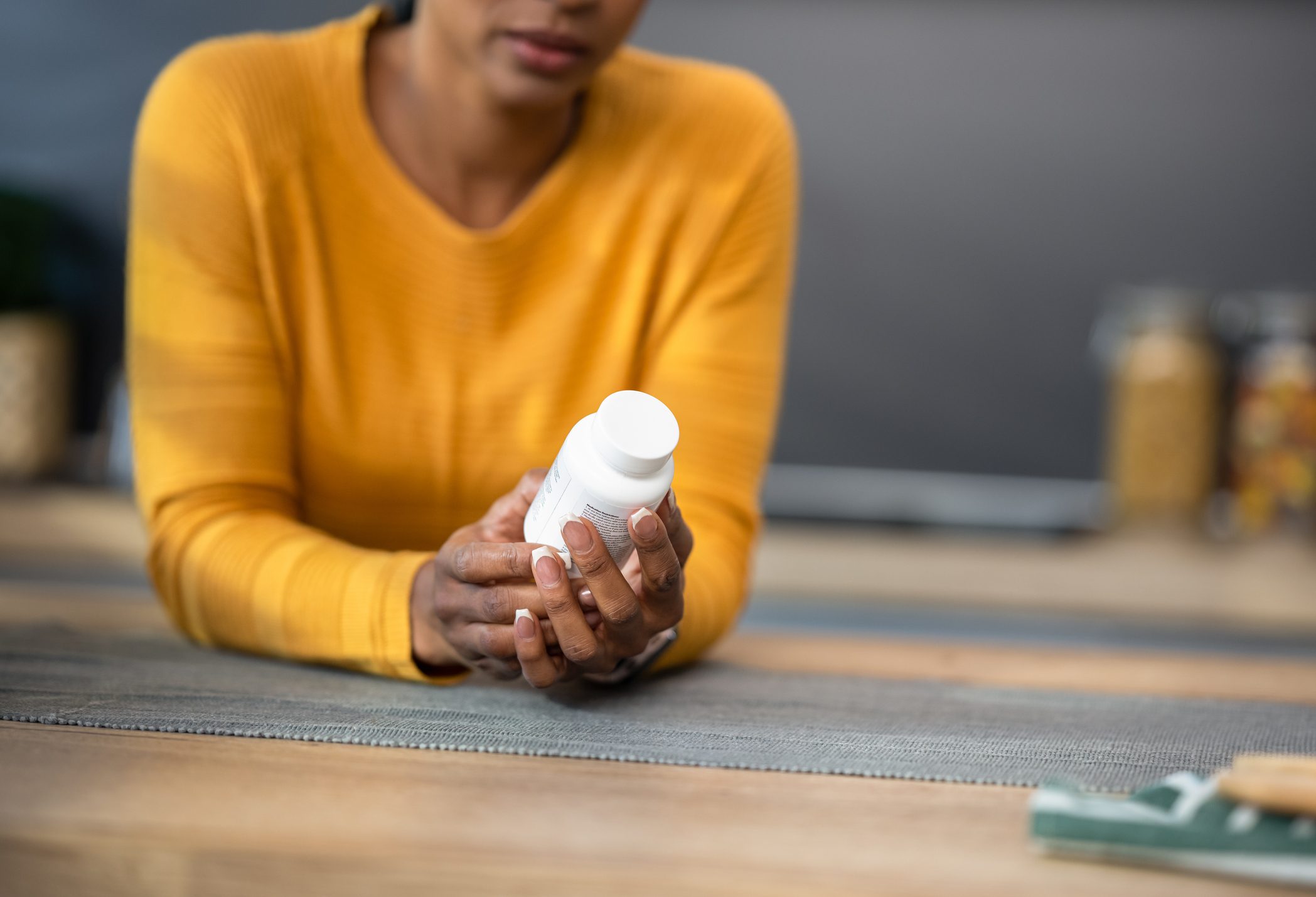Three main reasons contribute to “a covert form of the pink tax,” says a source, adding it “isn’t as visible as product price markups but is just as impactful.”

New Report: A Huge Group Spent 30% More on Prescription Drugs Than Their Peers Last Year

If you’ve shopped for razors, deodorants, or even children’s toys, you’ve almost certainly been exposed to the “pink tax,” which typically refers to products that are marketed to women but sold at a higher cost than a comparable product for men. In 2024 a bill—called the Pink Tax Repeal Act—was introduced in the U.S. Congress, though it was not voted on.
New data now points to a possible healthcare version of the “pink tax,” this time affecting the amount of money women have been spending on prescriptions and other medical expenses.
The report, released by GoodRx, suggests women “consistently spend nearly 30% more out of pocket”—totaling $8.8 billion in 2024. “In 2024, women spent a staggering $39.3 billion out of pocket on healthcare, compared to $30.5 billion spent by men,” they state, listing three main reasons for this:
- Women tend to utilize healthcare services more than men (possibly speaking to the cited trend that women tend to be more proactive in attending to preventive health measures and routine screenings).
- There’s a “financial burden” associated with female-specific diagnoses that call for treatments, such as menopause and medications related to reproductive health
- Women generally attend to their mental health and consume mental health treatments more than men do.
Beyond visiting the doctor more than men, the report highlighted that many of the conditions women seek medical treatment for “can have debilitating effects if left untreated, leading to lost productivity, diminished quality of life, and even higher medical expenses in the future.”
Per the report, women spend more than men on medications such as:
- 351% more on migraine medications
- 113% more on depression medications
- 103% more on both anxiety medications
- 103% more on acne treatments
- 58% more on insomnia medications
- 33% more on asthma medications
Data shows women account for around 95% of costs related to many cosmetic drug prescriptions, all part of a wider trend of women trying to look their best.
The overarching theme of women taking on more medical costs, the report concludes, is “a covert form of the pink tax,” stating this type “isn’t as visible as product price markups but is just as impactful,” adding that “women are paying an unspoken premium simply to maintain their health.”
Perhaps unsurprisingly, women between the ages of 18 and 44 were reported to “bear the brunt” of out-of-pocket costs, 64% more than their male peers, while “juggling career growth, family planning, and caregiving for both young children and aging parents.” Birth control, morning sickness, endometriosis, and fertility treatments are all highlighted as frequent medical costs women specifically face.
The report notes that men pay “significantly” more than women when it comes to conditions related to metabolic disorders, male-specific treatments, and cardiovascular health, the latter because “men tend to have higher risks for heart disease at younger ages compared to women.”
For daily wellness updates, subscribe to The Healthy by Reader’s Digest newsletter and follow The Healthy on Facebook and Instagram. Keep reading:
75% of People With Autoimmune Disease Have This In Common, New Study Finds













